Accordingly, the Minister of Culture, Sports and Tourism decided to include in the List of National Intangible Cultural Heritage: Lim Festival Traditional Festival, Lim Town, Lien Bao Commune, Noi Due Commune, Tien Du District, Bac Ninh Province.
The Chairman of the People's Committee at all levels where there are intangible cultural heritages included in the National List of Intangible Cultural Heritages, within the scope of their tasks and powers, shall carry out state management in accordance with the provisions of law on cultural heritage.
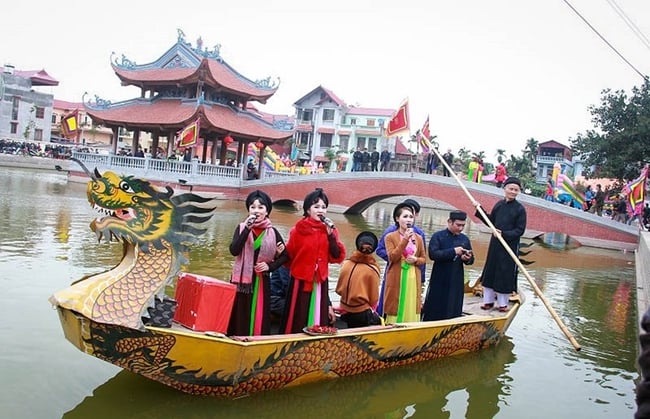
Quan Ho clubs perform at Lim Festival. Photo: Xuan Hai
According to sources, in the 18th century, Lim Festival had become a large festival that developed to the scale of a communal festival - Noi Due commune. At that time, Noi Due commune included 6 communes and wards: Lung Giang commune, Noi Due (Dinh Ca, Lo Bao), Noi Due Khanh, Noi Due Nam, Xuan O and the singing group of Tien Du communal house (later Noi Due Dong). In particular, Lim Festival is also associated with the names of famous historical and cultural figures of the Lim region such as: Do Nguyen Thuy, Mrs. Mu A... who had a direct influence and played a great role in preserving customs and expanding festivals in the Lim region.
Lim Festival is not just a traditional festival, but a vibrant cultural space, clearly demonstrating core historical values and the strong relationship between villages when practicing the heritage of Quan Ho Bac Ninh folk songs.
Lim Festival is a multi-faceted picture that deeply reflects the history and culture of Kinh Bac. The first core value of Lim Festival lies in the fact that it is the center of the ancient Tong Noi Due. From a village festival of Lim village (Dinh Ca), the festival has expanded into a general festival, where villages in the general gather together, maintain inter-village relationships and demonstrate community cohesion. This is most clearly demonstrated through the solemn procession of royal decrees from Dinh Ca village communal house to Lo Bao village communal house - a journey symbolizing the unity and historical relationship between villages.
Second, Lim Festival is imbued with the elements of worshipping the village's tutelary god and General Nguyen Dinh Dien. The incense offering and sacrificial ceremonies, and especially the "worship singing" ritual, not only express gratitude but are also a way for people to maintain and strengthen their beliefs, praying for national peace and prosperity.
Finally, and most importantly, Lim Festival is a space to preserve and promote Quan Ho folk songs. Quan Ho is not only a part but also the soul of the festival. Singing forms such as canh singing, boat singing, hut singing, antiphonal singing... not only demonstrate ancient customs and melodies but also create an ideal environment for the heritage to be taught and practiced continuously, worthy of the title of Representative Intangible Cultural Heritage of Humanity recognized by UNESCO.
Lim Festival is not only a festival but also a living museum, where historical and religious values and especially Bac Ninh Quan Ho folk songs are practiced, preserved and spread, demonstrating the close and delicate relationship between Quan Ho villages.
Lim Festival, with its elaborate practice process, the harmonious combination of traditional rituals and vibrant cultural activities, especially Quan Ho folk songs, has created a colorful cultural picture, clearly expressing the quintessential identity of Kinh Bac land.
Source: https://bvhttdl.gov.vn/hoi-lim-la-di-san-van-hoa-phi-vat-the-quoc-gia-20250611085646962.htm


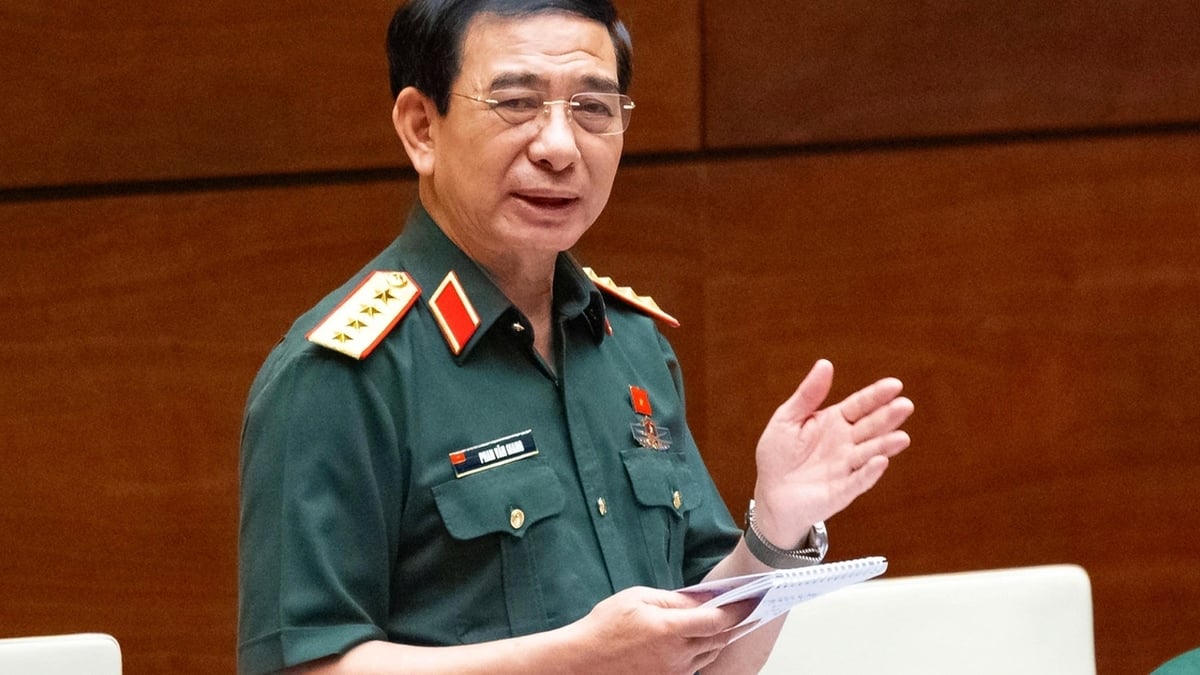


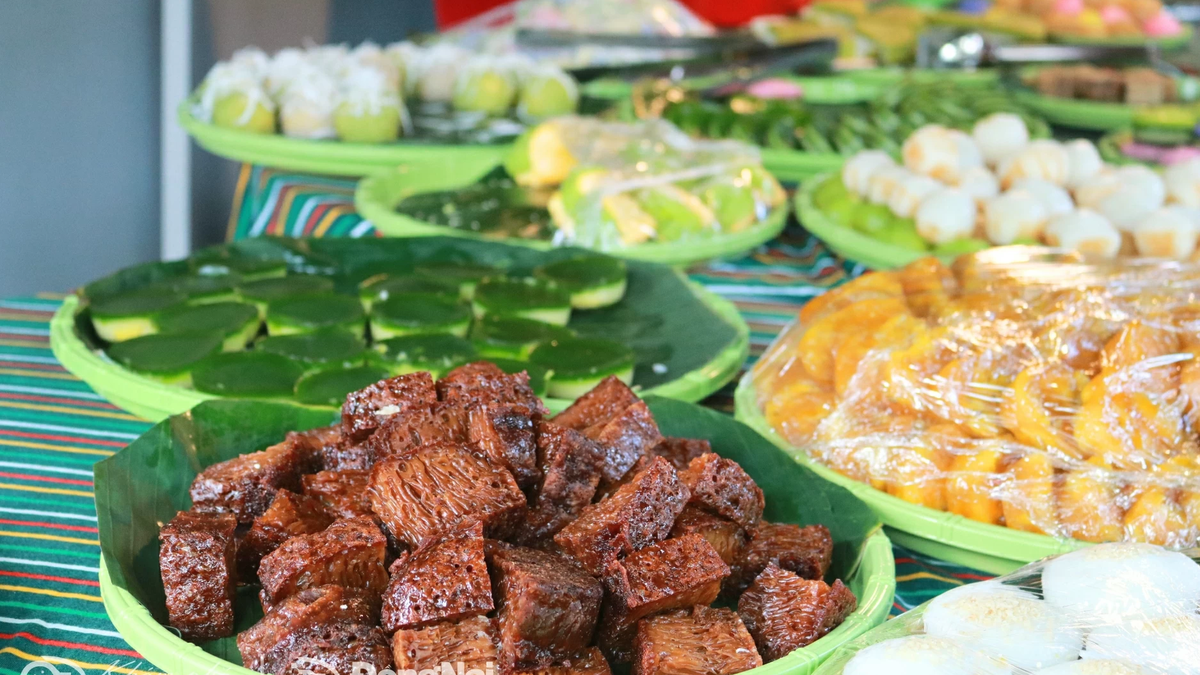
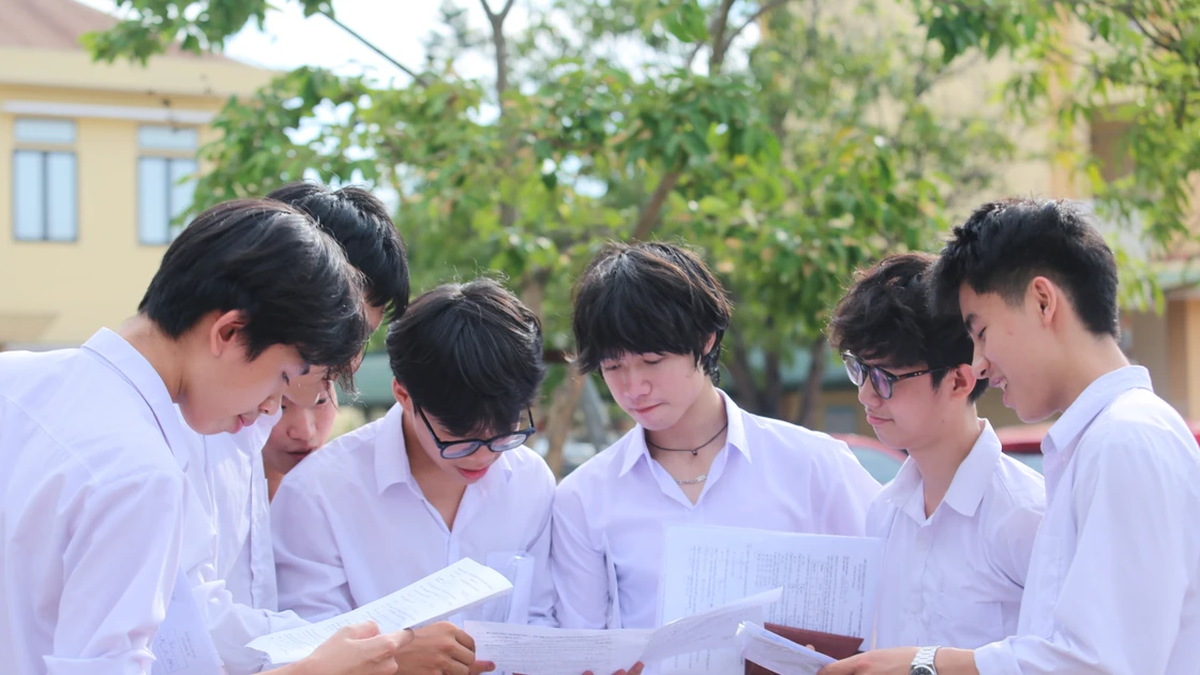


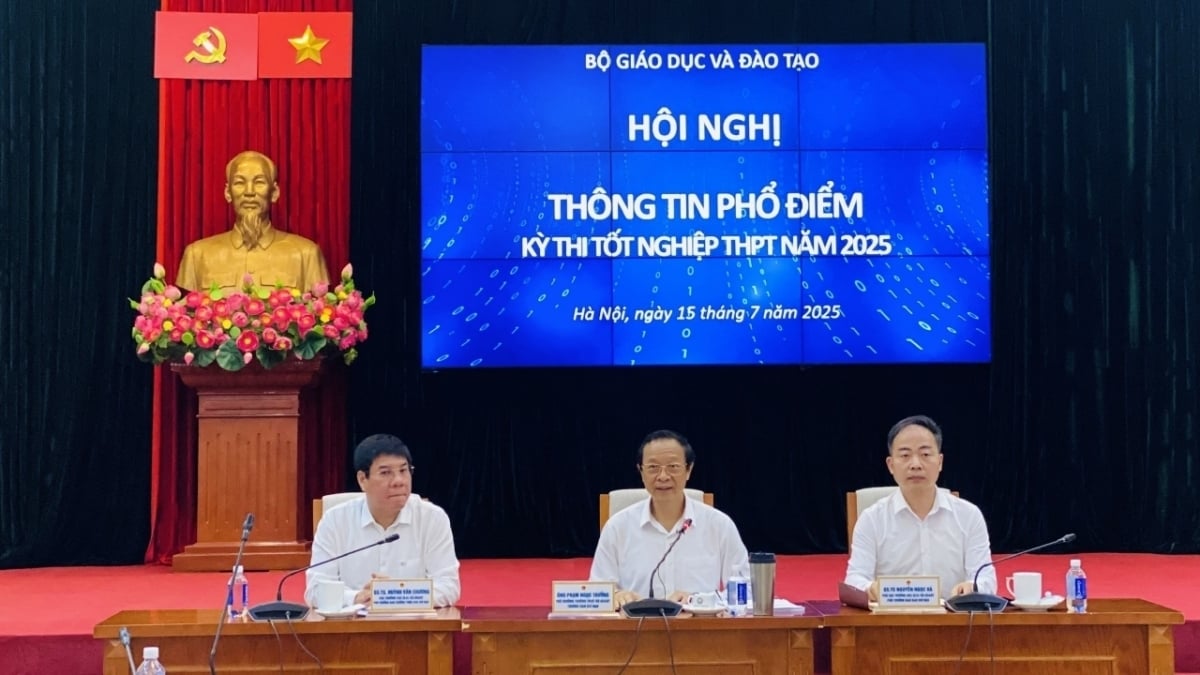











































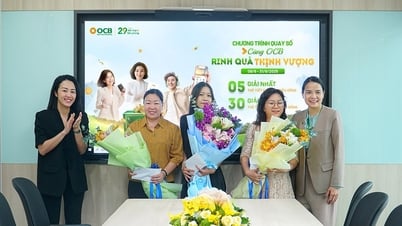











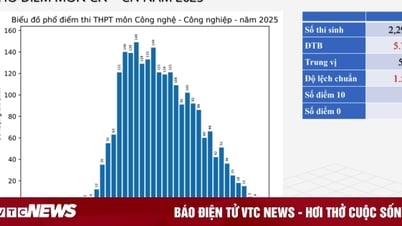






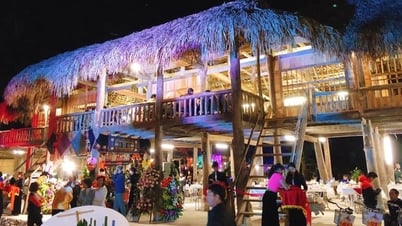

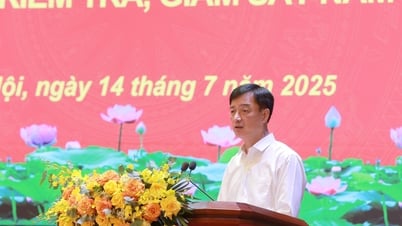

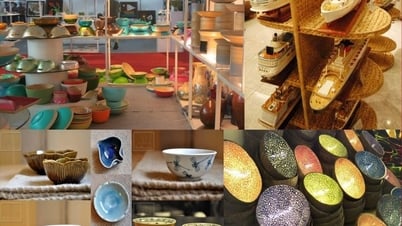





















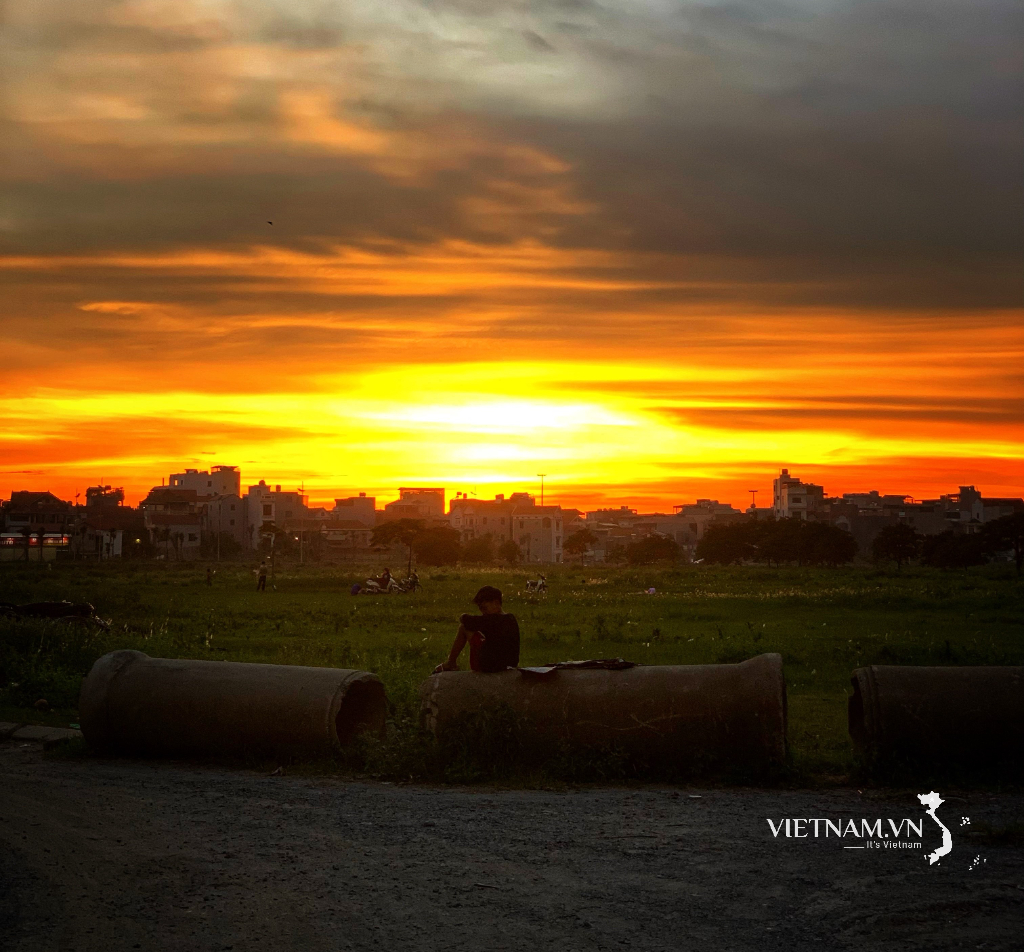

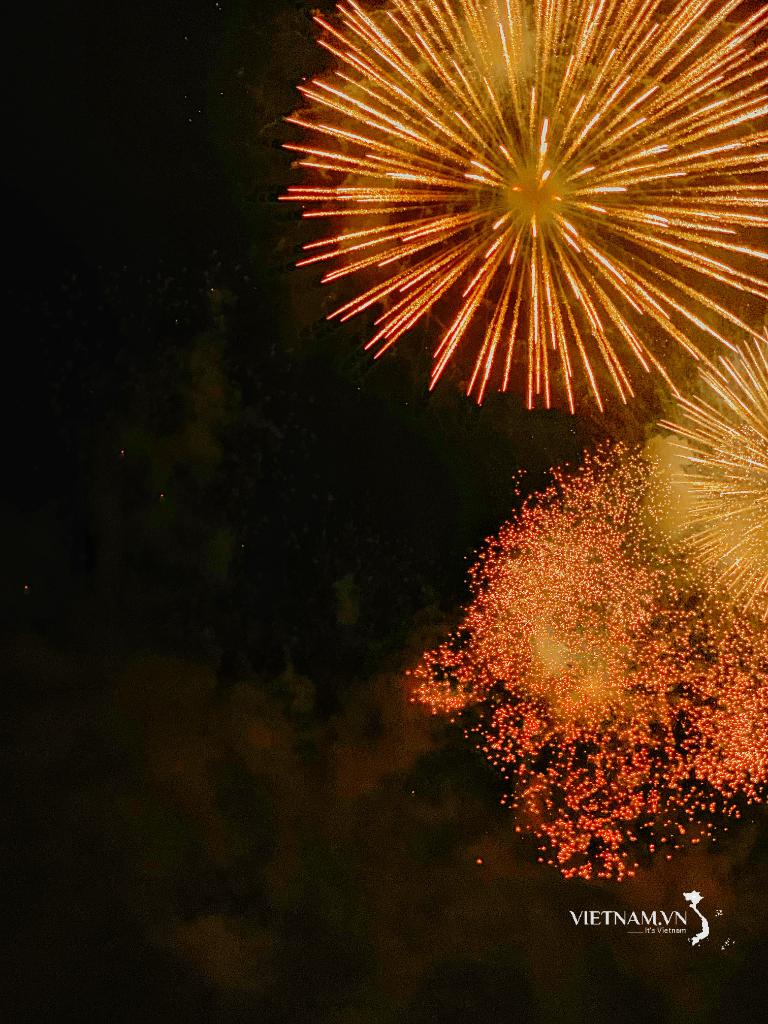

Comment (0)